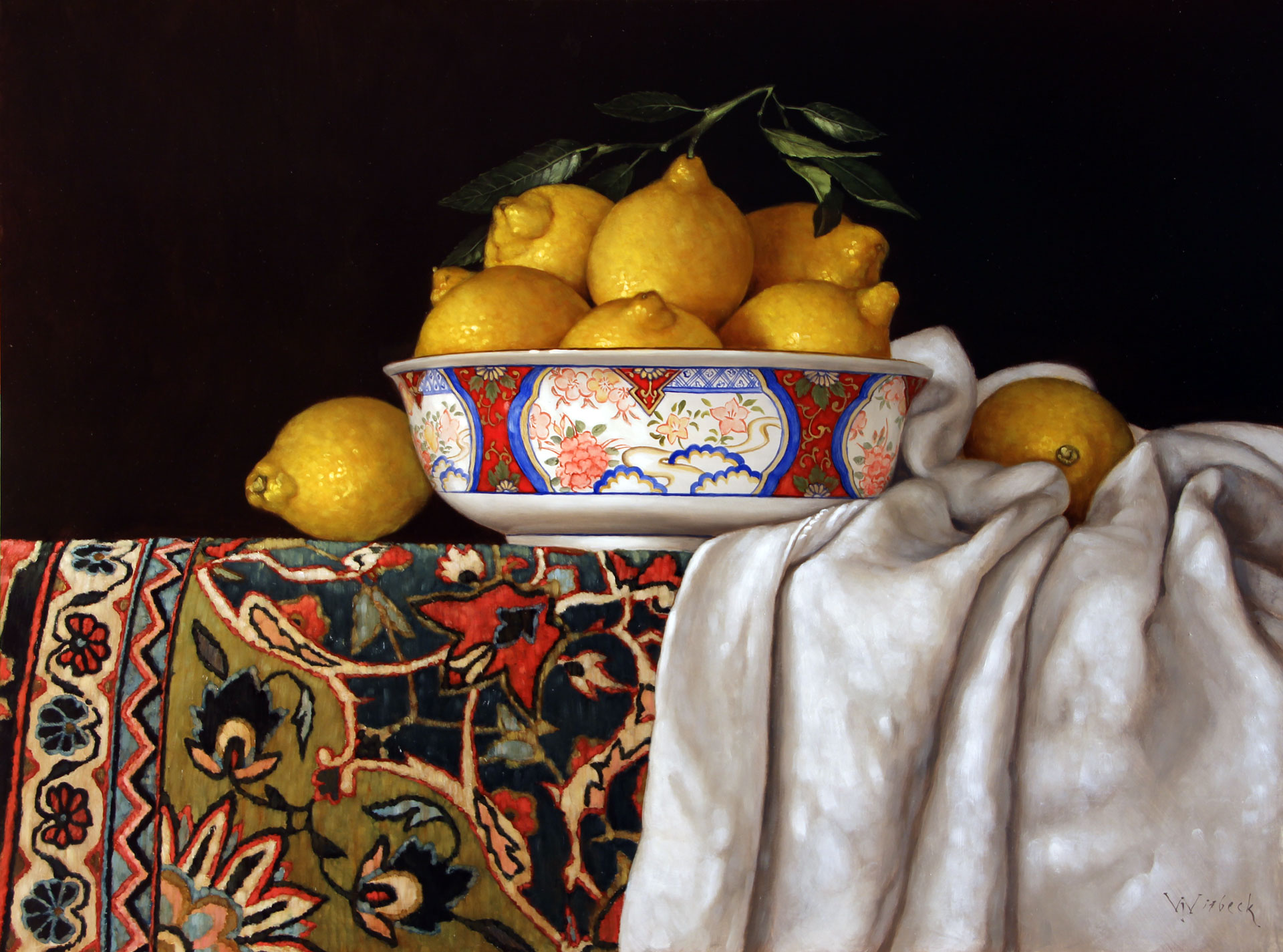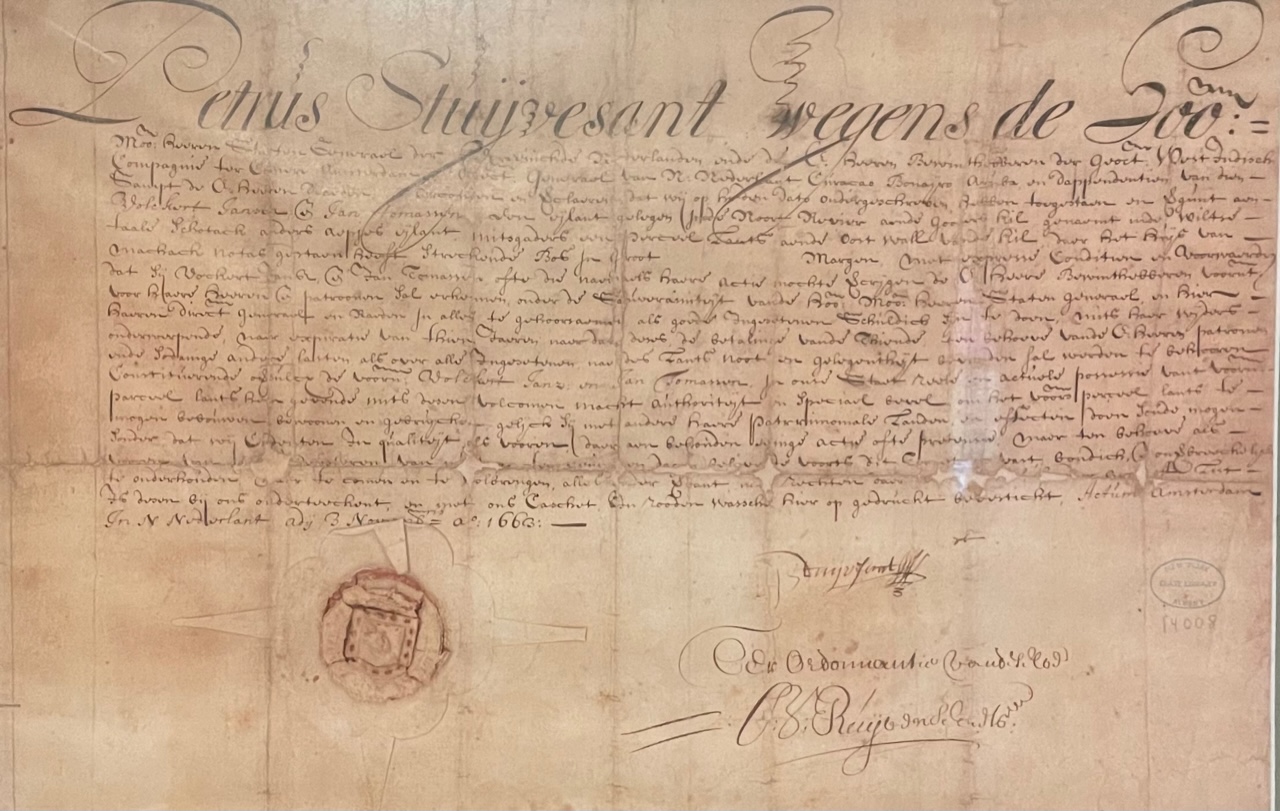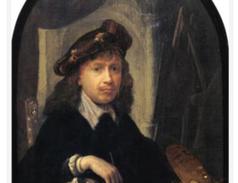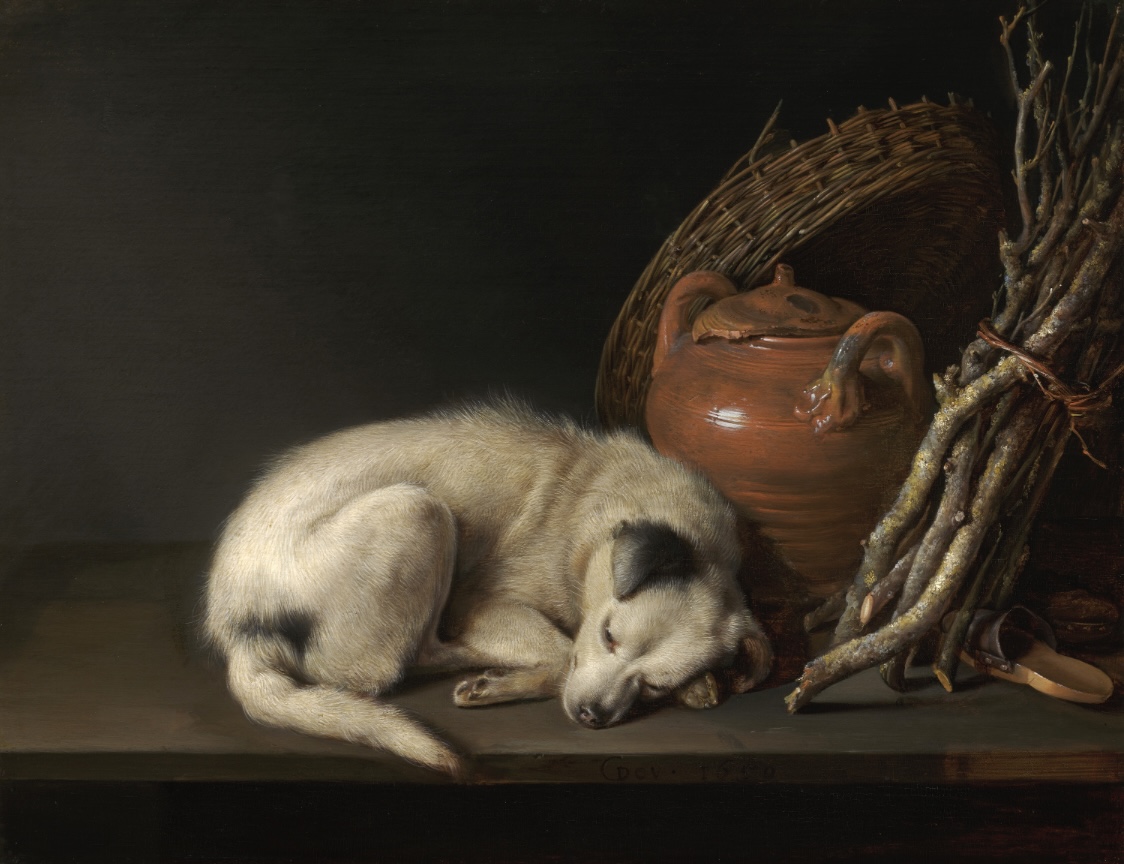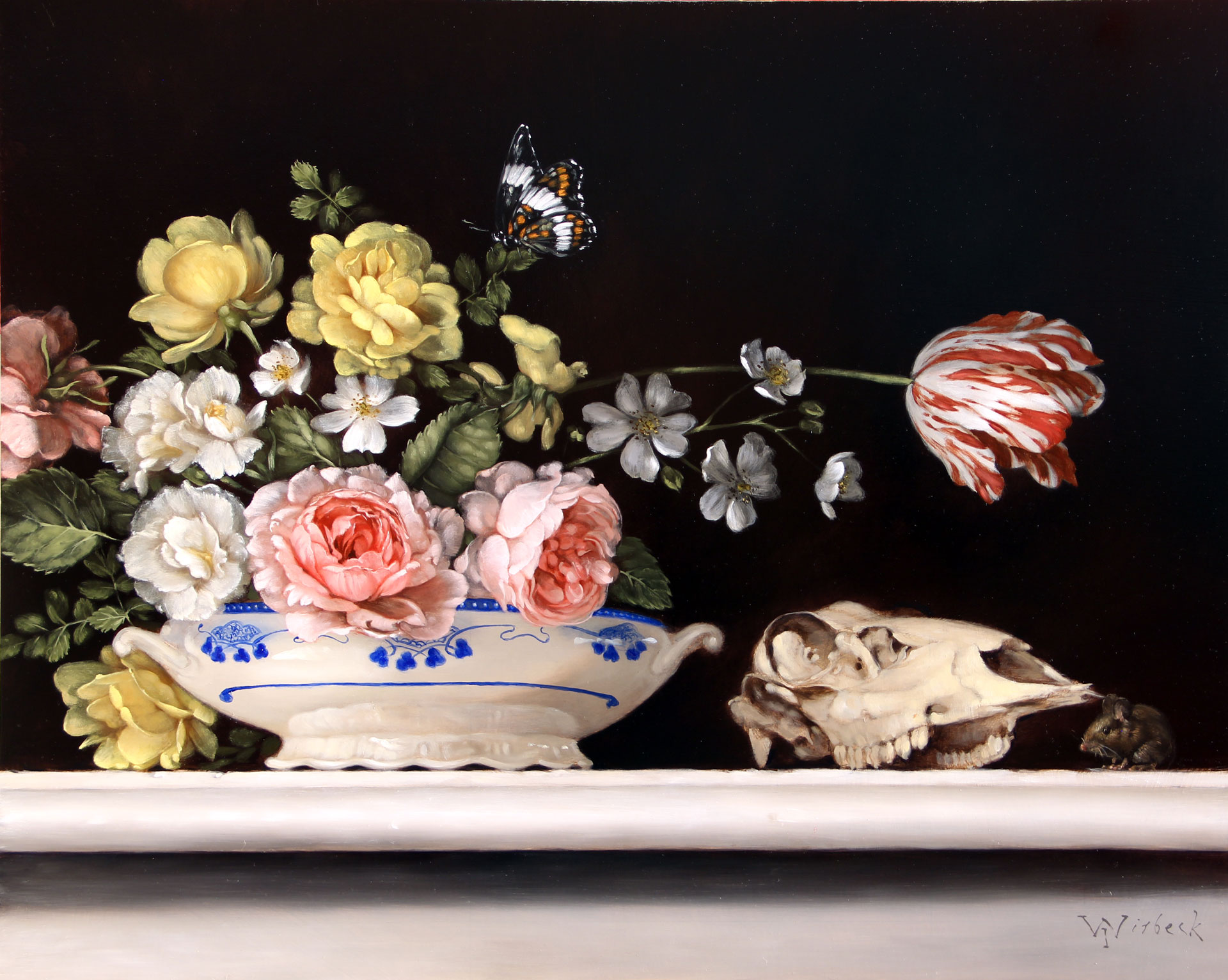Whitbeck Notes
Fall 2023
Kashan and Lemons
18" x 24" oil on panel
Separated from the mainland by a muddy creek and situated about twelve miles south of Albany, New York, lies a long strip of island named Schodack. Roughly seven miles in length, Schodack was once made up of three different islands that at the time of the Dutch arrival in 1609 were separated by little creeks making, from north to south: Upper Schodack, Lower Schodack, and Houghtaling Island. Now it is a beautiful state park with Creek Side and River Side camping, miles of running trails and access to both river and creek for boating, and hunting is allowed on most of the island. So in 2023, Schodack Island, situated on the upper Hudson River, can be enjoyed by everyone, and its thick forested areas offer a great wilderness feel with a nice get-a-way amongst the trees.
As all of this is very nice and enjoyable, the main attraction for me is more of a familial one. The fact that back in the seventeenth century, when being this far up the Noord Rivier (as the Dutch called it) was thought of as "dwelling on the extreme edge of the colony", my ancestor, Jan Tommasz van Witbek, along with his business partner lived on and farmed this island, making it for me more personal.
So, as I sit here in my camp chair by the fire, listening to the evening birds and the rustle of the autumn wind in the leaves, I cant but help feeling the presence of my forefather here; living, working, laughing, crying, trying to make a go of it in the new world.
What makes this all even more intriguing as I sit here is that Jans home and farm was located somewhere on the Upper Schodack, exactly where the campground sites are now laid out, and where I now sit writing all of this. And we know, through research, that Jan and his business partner, Volkert, split the island lengthwise between them; Volkert with the west side, River Side, and Jan the east side, Creek Side. Our camp site, number 40 is on Creek Side. Could I be sitting where the old farmstead once stood? Or, could some of the trails here follow the basic footprint of original Dutch, or even native Mohican trails? As I run along with our new Brittany pup, Pasha, could we be following in the footsteps of Jan as he traversed from one field to the other? Oh, boy, my imagination runs away with me!
Copy of original land deed issued by the Directer of New Netherland, Peter Stuyvasent in 1663, along with a close up of Jan and Volkerts names
All of this brings me now to why I am relating this story in the Fall Whitbeck Notes. I am supposed to be writing about subjects relating to art and painting, and I have already, in previous Notes, written about Jan Tommasz and why and how he inspired my painting. But it is Jans business partner and friend that I now turn to, Volkert Jans Dou and his possible connection to one of the greatest painters of the Dutch Golden Age. It was written that upon coming to the new world Volkert had brought with him, as well as all of the practical things you need to get started in what was still thought of at the time as another planet, some etched glass from his father, who was well skilled in that art, and a painting by, a few sources say, his brother Gerrit Dou. Now that is a thing! And for two reasons: The first being to choose to bring such luxury items as these to a frontier situation. This painting must have been, had to have been a small one. Very compact and easy to safely tuck into the layers of a blanket or into a box of some sort. No huge, wall engulfing painting of biblical subject and proportion. The second being who that painter was.
Gerrit Dou, less known to the general public of today then his famous teacher Rembrandt, was in the mode of painting the most detailed, intricate paintings of the time. Coming out of an apprenticeship from the busy, much sought after studio of the great Rembrandt Harmenzoon van Rijn, one would think that Gerrit would have followed in a similar technique and style to that of his master. But not even a little bit. He went the total opposite direction. Small, some even just a few inches tall, enamel-like paintings of genre scenes, portraits and biblical subjects, but done with the most skilled attention to detail.
Dous Dog at Rest in Bostons Museum of Fine Art is a good example. Measuring just 6 1/2" tall by 8 1/2" wide, just about every individual hair is rendered, and when you get close with the original or zoom in on- line you can see that he must have spent many hours and days with the thinnest of brushes, concentrating on all parts of this little gem of a panel. He was really the first to fully adopt this small, miniscule manner of brushwork. Dou made this style famous, starting what was called the Leiden Fijnschilders, or the Leiden Fine Painters.
And with his success he became one of the most highly payed artists of his time, living out his life comfortably and well in the Dutch Republic. Evidence of this can be seen in the numerous self portraits he had produced over his career with his fine clothing and air of confidence, especially those done later in life. You could see why Volkert would go through all of the trouble to pack up and bring along this little treasure. As a side, it also sets a nice image in our minds of what it would look like inside a new world home from the 1640's. Something you would not expect to see hanging on the wall of a Dutch burgher, like an expensive painting by the well known master, Gerrit Dou.
Even though no solid document from the period connecting Gerrit and Volkert together as brothers has been discovered, it is possible, very likely actually, that Volkert and Gerrit were related. Devils advocate might say that it is just coincidence that Volkert Dou owned a painting by Gerrit but that there was no family relation. But various writings say that Gerrit and Volkert were Brothers. And just coincidence that both of their fathers were accomplished glass etchers and with the same name of Dou Jansz? There was also a 2007 Christies auction that had a beautiful silver teapot from the Volkert Dou family in which the information Christies had with the teapot said, "His brother was Gerard Douw (b.1613), the famous Dutch genre painter." Another bit of information to fill out our story comes from historian Stefan Bielinski writing for the New York State Museum. On the Dou family home called Wolvenhook, built in the eighteenth century, he inserts a long detailed description of the contents of the home which is no longer standing. From "bulls-eyes of glass" in the front door to "chintz calico which formed the curtains" we also get a nice mention of some certain paintings: "Hanging on the whitewashed walls were oil portraits of those left in the fatherland, some painted by Frans Hals and Gerhardus Douw." It is all the right years and they are both of the right age, so there is the great possibility of being related. And, if so, that would bring the Dou clan and the Whitbecks together, because not only were Jan and Volkert business partners, but Jans daughter Katarina marries Volkerts son Jonas and the two families, including Gerrit, would be brought one and to the other, Whitbecks and Dous. And, if true, I cant help but feel a little pride in knowing that there could be that blood connection between me and the Fijnschilder Mijnheer Dou.
Floral and Skull
16" x 20" oil on panel
I Like to think that my progress as a painter over the years has had to do with my diligence and yearning to become better and better. Self taught and self willed. But I also like to think that Gerrit might be, in a spirit kind of way, guiding me along. It looks like some more research is in order to find that concrete piece of documentation and that the digging up of stories past will be needed to see if these clues can make that true connection, but all seems to be pointing in the right direction. Even if not, Gerrit Dou will always remain a large influence on my work and the detail I bring to my paintings.
__________________________________________________________________________
Oranges
12" x 16" oil on panel
The outdoor artshow season is over for me now and I look forward to buckling down and working up new pieces for 2024. Fall and winter are my large blocks of uninterrupted time in the studio and the time of year where most of my paintings are finished. So concentration is a must now, especially because I plan on adding a few shows to my schedule for next year and I need to start out the season with a good number of finished and framed pieces. The images above show three of the most recently completed. Lake Front, Milwaukee and Cherry Creek in Denver are just a couple of shows that I would like to add. But as all art shows are a juried affair, you are never fully sure of acceptance. So fingers crossed.
Speaking of Milwaukee, I would also like to add this last little bit to the Fall Notes, something of interest to museum goers. The Milwaukee Art Museum is holding an exhibit titled: "Art, Life, Legacy, Northern European Paintings in the Collection of Isabel and Alfred Bader", running from September 29 through January 28. A friend of mine sent me a note about this, but unfortunately I wont be able to personally attend and will have to be satisfied with the wonderful Catalog that the museum put together for this show. As I have always said, seeing your favorite paintings in person is so much better then a print or image, so if you can go, go! Click here for the exhibit website.
All my best! And be sure to visit my website below to view all available paintings and updates for the 2024 art show schedule.
James Whitbeck
(413) 695-3937
